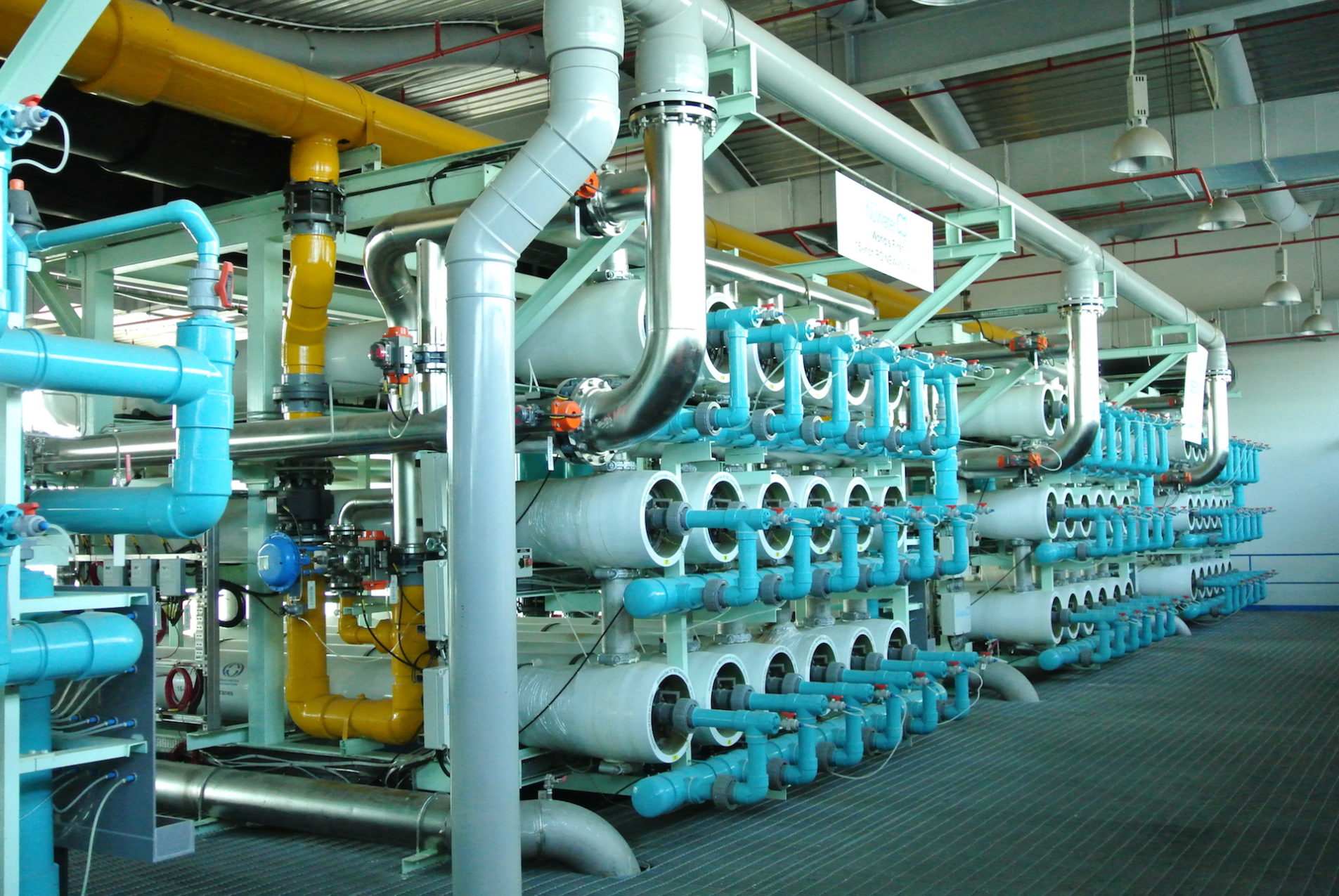


Hydromaster Group strives to develop most competitive membrane-based solutions for water supply to industrial, commercial and municipal sector. Through combination of membrane manufacture, system integration as well as operation and maintenance of systems, we commit to provide the water and wastewater treatment systems that are environmentally friendly and cost-effective.
Hydromaster Group develops both polymeric and ceramic membrane elements as well as module design. We offer a range of membrane-based products in terms of materials, pore size rating and configuration to cater to different types of (waste)water to be treated.
Our products include:
Ultra-filtration (UF) systems provide safe and consistent water supply without the use of water purification chemicals, thereby offering substantial cost savings, low logistical and operational requirements. Our systems are capable of removing particles, bacteria, viruses, and parasites up to 99.99%, suitable for clarification of wastewater, river, well and surface water, as well as colloidal suspended solids separation.
A hollow fibre proprietary polymer PAN, high density PVDF, and/or PTFE (Teflon) membranes are used to filter substances down to 0.02 – 0.05 micrometers. As a result, the water becomes crystal clear and is 1,000 times cleaner than traditional sand filtered water at a similar cost.
Our UF systems are recommended for:
We also have several IPs relating to the crucial knowhow for membrane operation and maintenance as below:
For Nano Filtration and Low Pressure Reverse Osmosis we use a proprietary hollow fibre or spiral wound polyamide membrane to remove dissolved matter, color, taste, salt, hardness and metal ions.
Our engineers will recommend the ideal “cut” for individual cases to optimize energy cost and investment.
Reverse Osmosis (RO) is a filtration method that removes many types of molecules and ions from solutions by applying pressure on one side of a selective membrane, retaining the solute on the pressurized size of the membrane and pure solvent (mainly water) is allowed to pass to the other side.
Reverse Osmosis is most commonly known for its use in drinking water purification from seawater, removing salts and other substances from water. This is the reverse of the normal osmosis process, in which the solvent naturally moves from an area of low solute concentration, through a membrane to an area of high solute concentration.
The predominant removal mechanism in membrane filtration is straining, or size exclusion, so the process can theoretically achieve perfect exclusion of particles regardless of operational parameters such as pressure and concentration. Reverse osmosis, however, involves a diffusion mechanism so the separation efficiency is dependent on solute concentration, pressure and water flux rate.
We apply the latest energy recovery systems and pretreatment in our process to produce environmental friendly and cost-effective water for our clients.
This is a combination of high rate anaerobic and aerobic bio-process with membrane filtration to drastically reduce retention time and footprint, and to improve effluent water quality for recycling or disposal.
MBR Electronic Semiconductor Industry, China
